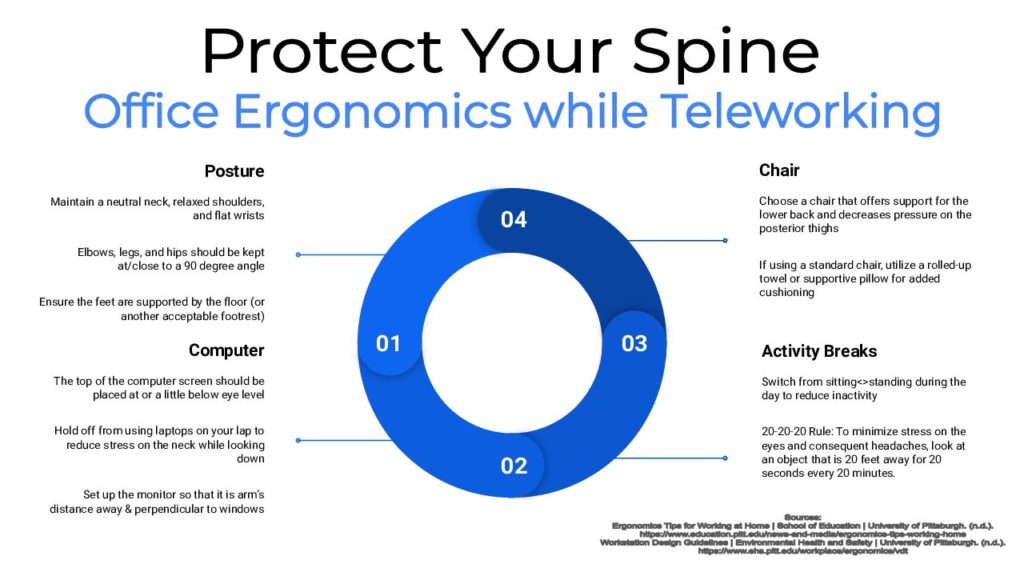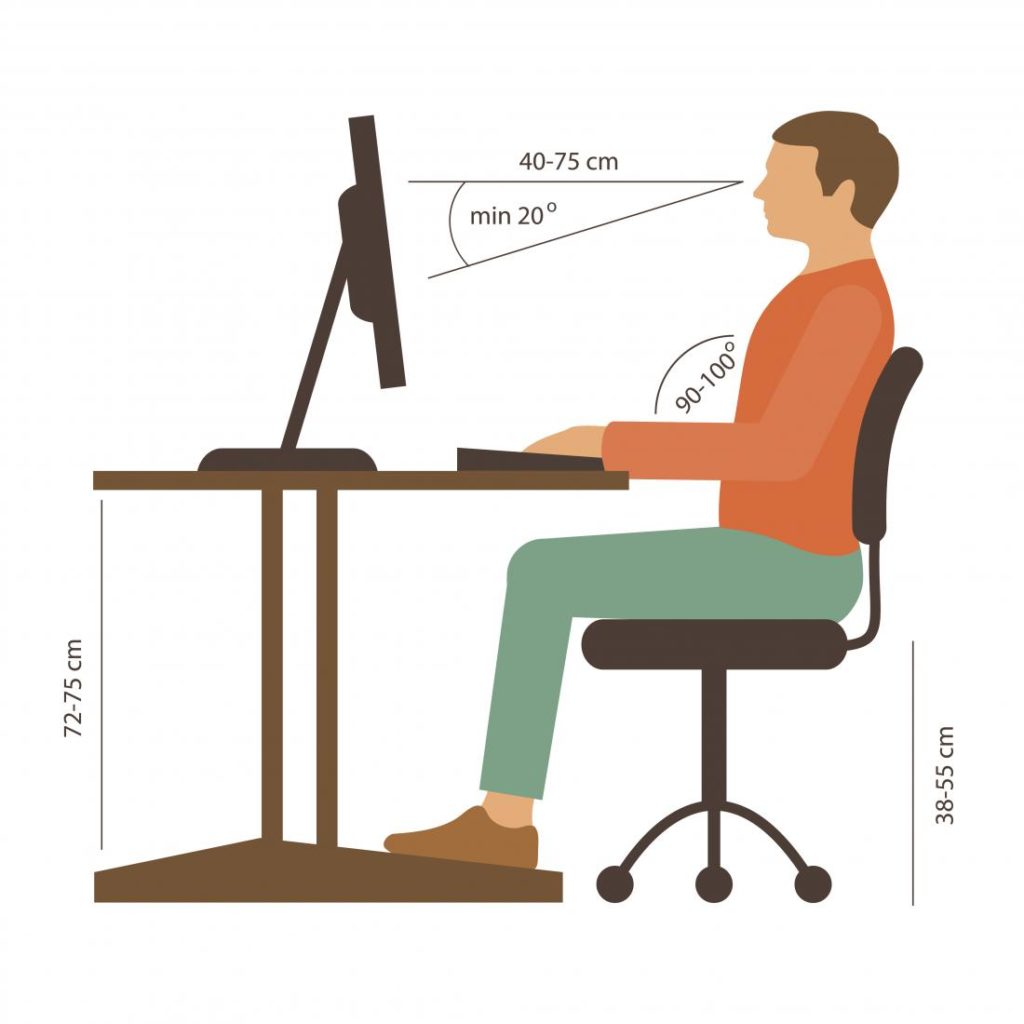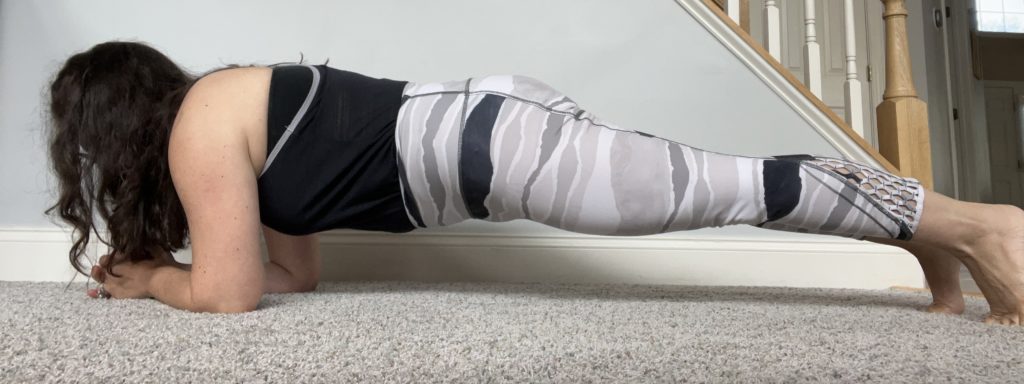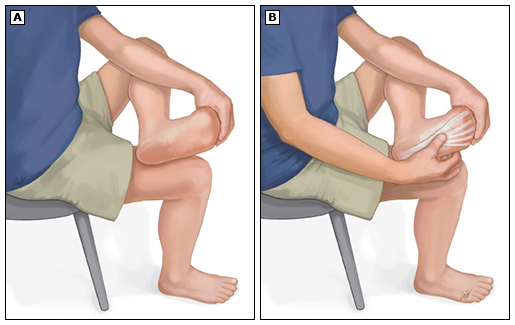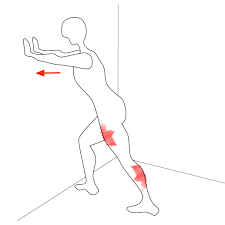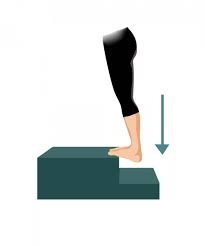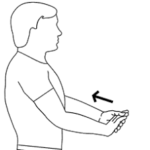Myth: Physical therapy is only for people who are experiencing pain.
Answer: FALSE- Physical therapy can be beneficial to people experiencing a wide variety of conditions. While we do treat a lot of people that have some sort of pain, we can also help those who are not in pain but still limited in their ability to move and get around. Some of these conditions are listed below. Physical therapists are considered “movement experts” and are well equipped to help you reach your movement goals and achieve a higher quality of life.
- Muscle weakness due to aging or chronic neurological conditions – Physical therapists will help develop a program that promotes recruitment and strengthening of weakened muscle areas to help make day to day life both easier and safer.
- Injury prevention – Some patients come to physical therapy because they are prone to injury and want to take the necessary steps to avoid injury prior to starting a new exercise routine.
- Walking abnormalities – Whether due to a genetic abnormality or acquired from a certain illness or injury, physical therapists analyze how you walk and work to improve your walking to be more safe and efficient.
- Decreased balance/stability -A physical therapist helps to decrease your risk of falling by improving your balance and stability through prescribed exercises.
- Deconditioning – This is commonly seen in physical therapy and can be due to a variety of reasons (aging, prolonged hospital stays, chronic injury, etc). A physical therapist will evaluate you and determine and create an exercise plan to improve your muscle strength and endurance.

